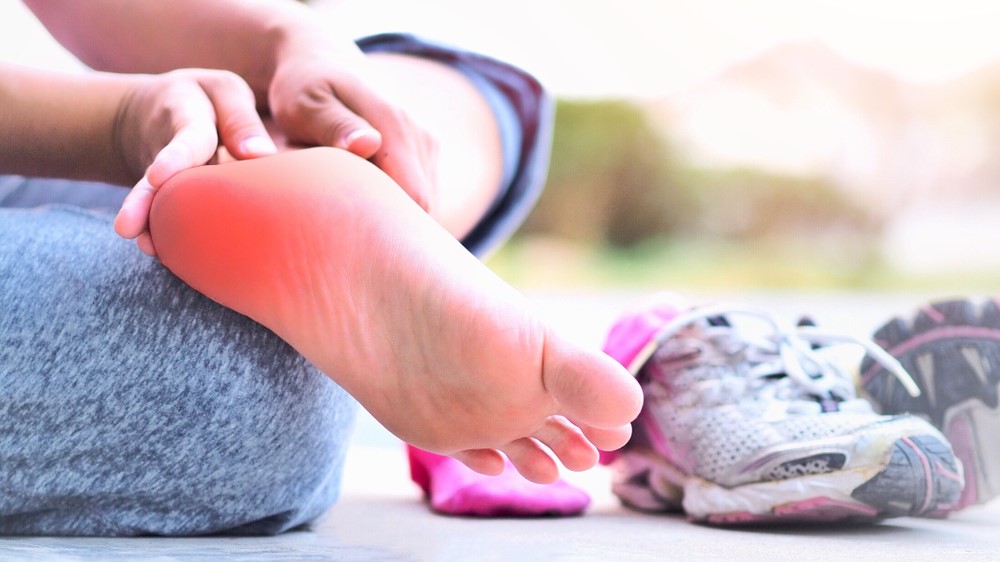Runners who have resumed running recently after a long break due to covid or the beginners may suffer from heel pain at some point in time. Our heels are the first part that touches the ground when we walk or run. The initial impact is experienced by the heels and the constant pressure causes consistent pain. Heel pain can be a result of various conditions, such as Achilles Tendinitis, Sever’s disease, Plantar fasciitis.
Let’s discuss the symptoms and treatment of each of the conditions before you book an appointment with your orthopedician.
Achilles Tendinitis
The Achilles tendon is the strongest in the body that gets inflamed from overuse while running, causing Achilles tendonitis. When left untreated, the strain may cause serious injury. If there’s a pain in your heels during running r right after you have finished jogging, you might have Achilles tendinitis.
Common symptoms of the condition include:
- Limited range of motion while flexing the foot
- Swelling and pain in the back of the heel
- Tight calf muscles
- Skin of the heel is warm to the touch.
Sever’s Disease
Sever’s disease is a condition causing heel pain in older children and adolescents. It results due to the unequal growing patterns between the growth plates and Achilles tendon. The growth plates are anchored to the back of your heel bone. There are situations the growth plate matures faster than the Achilles tendon, which is the reason behind the tugging of the bone.
Common symptoms of the condition include:
- Pain, swelling, or redness on your heels
- Tenderness and tightness that worsens on squeezing the heels
- The pain gets severe when you start exercising and just after getting done with the routine.
- Difficulty in walking.
Plantar fasciitis
The plantar fascia is connective tissue on the bottom of the foot. It connects the back of your foot to the front. Similar to Achilles tendinitis, Plantar fasciitis is the condition caused by the inflammation of the plantar fascia.
Common symptoms of the condition include:
- Sharp and severe pain in the heel or arch when you step down the bed in the morning
- Pain when you stand after long periods of sitting
- Sharp and severe pain while running.
Before you go to the doctor, you can try some easy and effective remedies at home to treat these conditions of heel pain, such as:
- Reduce or stop your exercise regime for a couple of days
- Keep your feet elevated as long as possible to ensure recovery
- In case of severe pain, use a brace while walking, stretching, etc.
- Do gentle stretching exercises to ease the pain
- Apply ice to the affected heel
- Take over-the-counter anti-inflammatory drugs.

Prevention of heel pain
Once you start experiencing heel pain, it is possible to recur sooner or later. If you don’t want heel pain to affect your daily running regime, you need to prevent it right at the beginning. When you start running keep the following tips in mind to avoid any chances of heel pain:
- Perform stretching exercises daily
- Choose proper running shoes with orthotics
- Avoid overexertion
- Try easing into new activities
- Maintain a healthy body weight
Heel pain as trivial as it may sound as an ache turns into a serious problem if not treated on time. If the remedies and prevention tips don’t help, you must book an appointment with your orthopedician and get a detailed diagnosis.
